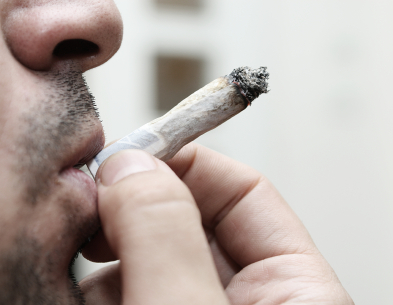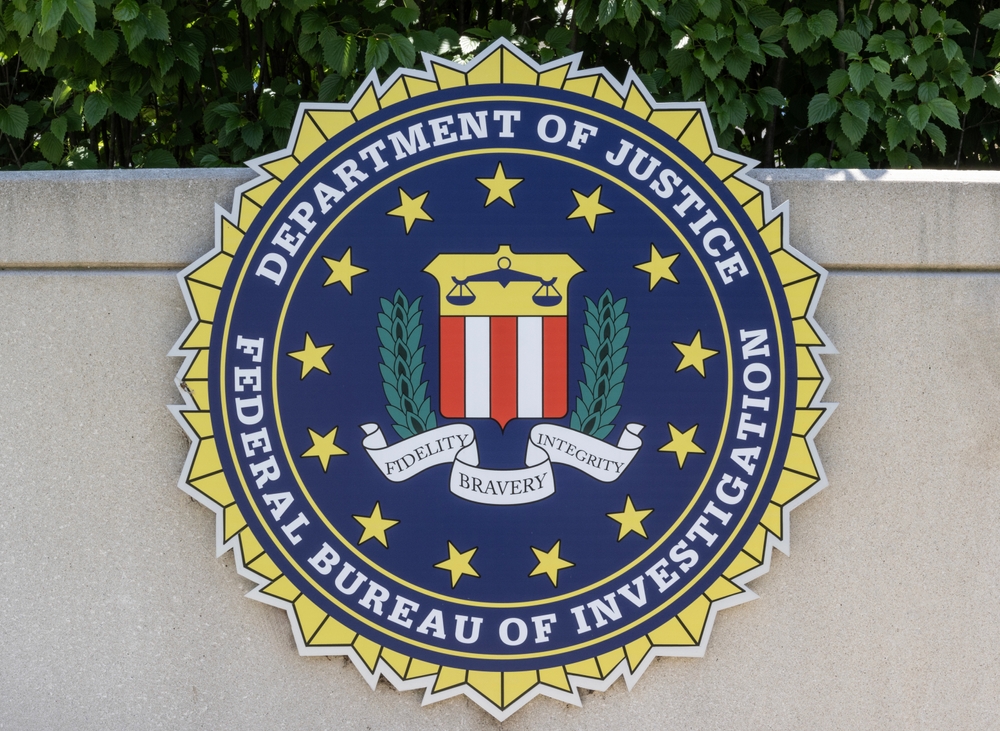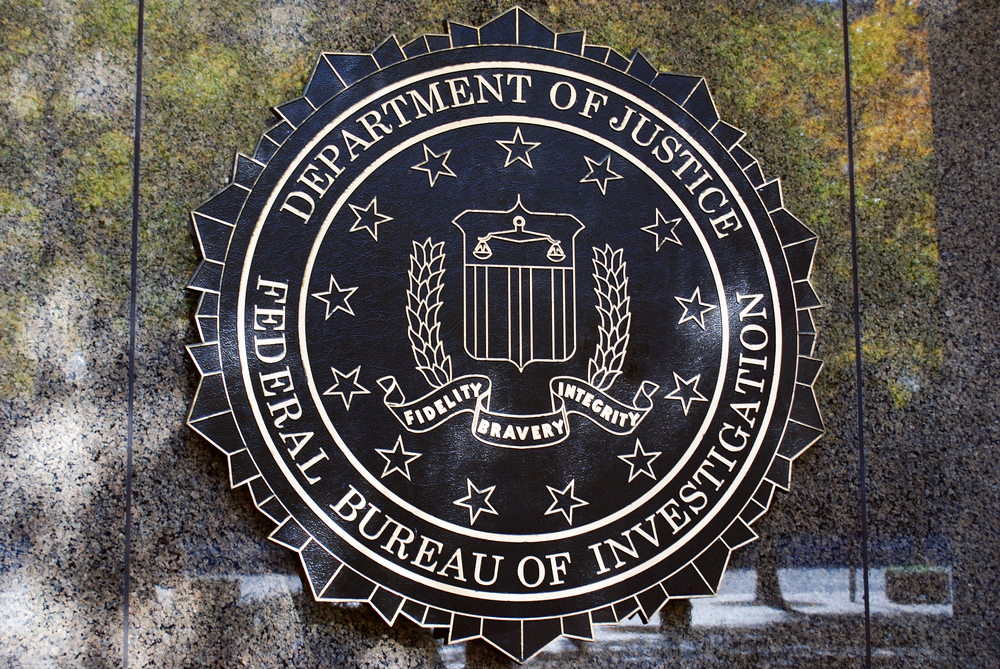 By Editorial Board
By Editorial Board
Sacramento Bee
Reading the U.S. Drug Enforcement Administration’s report on marijuana, on how it should remain one of the nation’s most dangerous drugs and has no medical value, we can’t help but wonder what rock the agency’s leaders have been living under. Or what they’ve been smoking.
Twenty-five states and the District of Columbia have legalized weed for medical use, starting with California way back in 1996. Three more states – Arkansas, Florida and North Dakota – will decide whether to follow suit this November.
Yet, according the DEA on Thursday, “there is no evidence that there is a consensus among qualified experts that marijuana is safe and effective for use in treating a specific, recognized disorder.”
In a long-awaited report, the agency doubled down on years of illogical policy. Pot, it said, will remain as it has been since 1970 – a Schedule I drug, on par with heroin. It will not be, as many expected, bumped to even a Schedule II drug, like the deadly opioid fentanyl.
“This decision isn’t based on danger,” DEA chief Chuck Rosenberg told NPR. “This decision is based on whether marijuana, as determined by the FDA, is a safe and effective medicine, and it’s not.”
This is the same circular argument that the agency has been making for years, even as states, with approval from the U.S. Justice Department, have steadily moved toward decriminalizing it. The drug remains in a legal gray area, though. The DEA, for example, spent $18 million last year destroying marijuana plants while people in three states were legally using it for fun.
To read more click here.





